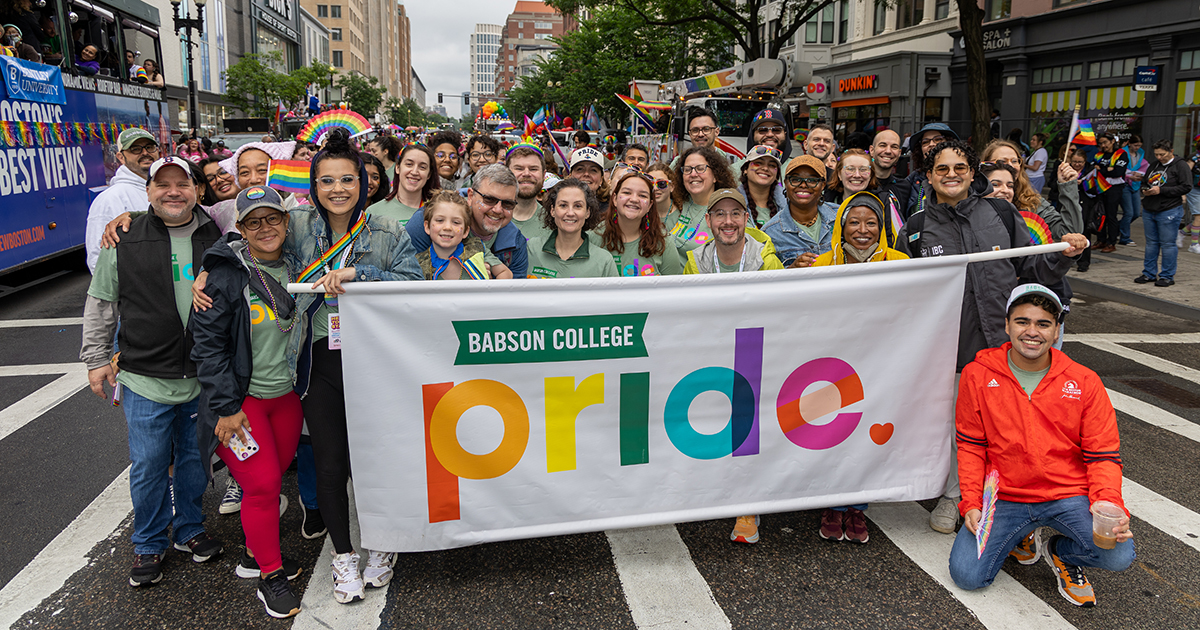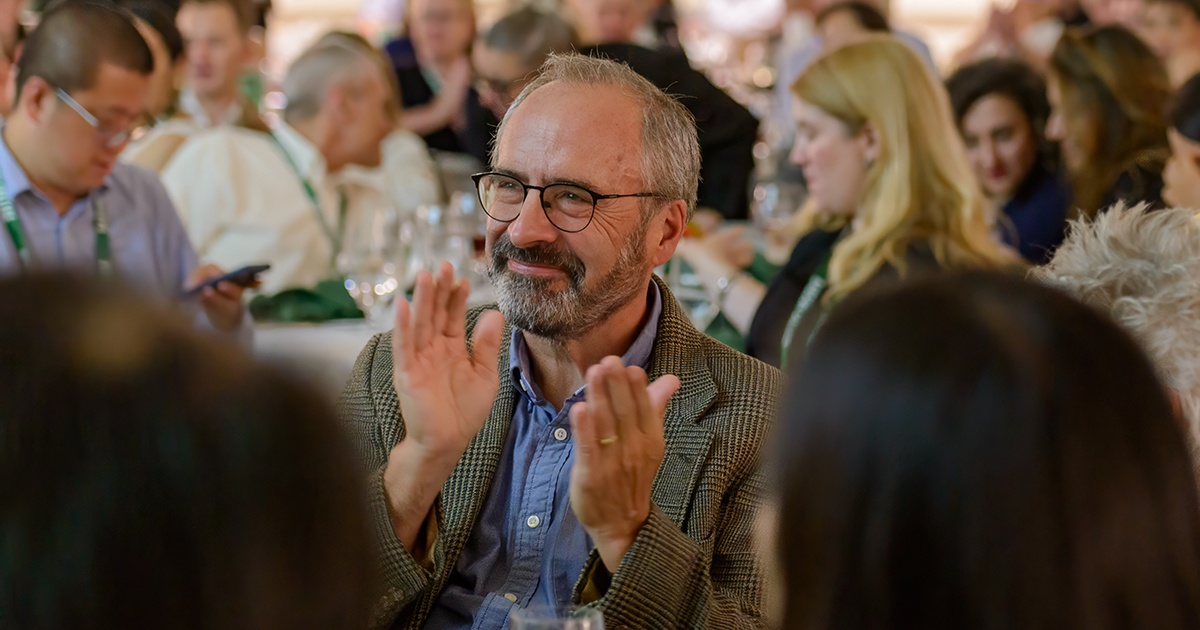How to Steer a Successful Twitter Turnaround

Entrepreneur Elon Musk’s contentious $44 billion Twitter takeover has already drawn sharp reactions from company insiders and loyalists, but the fierce pushback could actually be a good sign, said Bret Bero P’14 of Babson College’s Management Division.
“If the current business model isn’t succeeding, then having a new leader who’s a little contentious isn’t a bad thing,” the assistant professor of practice said. ”You don’t want someone coming in and maintaining the status quo if the status quo is losing money.”
Musk has made a series of rapid-fire changes since he bought Twitter for $44 billion on October 27. He eliminated the platform’s nine-member board and brought in his own team, including his lawyer Alex Spiro and investors David Sacks and Jason Calacanis.

“He needs to come up with a new business model that works, and he needs new leadership to help drive those changes and execute the new plan,” Bero said.
Bero led dozens of private-equity turnarounds over the course of his career and teaches strategy and leading business turnarounds at Babson. He said Musk’s quick pace is another good indication that the billionaire realizes he is on a tight timeline.
“Any turnaround executive has roughly a 90-day window to show progress. The first 30 days are spent evaluating the problems in more detail, because once you get into the business and see the internal reports, you start to see details you didn’t know about,” Bero said. “At the end of 30 days, he can start to articulate some major changes and build out a plan and management team to move forward. The final 30 days are to begin to implement the desired changes.”
A Turnaround Timeline
Twitter has struggled to turn a profit since it started in San Francisco in 2006, and while it remains one of the most popular forms of social media, the company reported $221 million in losses last year and admitted to overestimating the number of users by as much as 1.9 million.
Musk unexpectedly announced other changes to the struggling social media platform this week, detailing a new monthly subscription service that provides users with a blue “verified user” checkmark, access to greater spam- and advertising-blocking, and the ability to post longer videos.
“Twitter’s current lords & peasants system for who has or doesn’t have a blue checkmark is bull(****),” Musk tweeted Tuesday. “Power to the people! Blue for $8/month.”
Several critics blasted the move, including horror author Stephen King, who tweeted that he’d be “gone like enron,” if the subscription fee is installed.

“Usually you don’t want to be thinking out loud,” Bero said. The misstep could be because Musk’s experience has been starting companies such as Tesla from scratch rather than trying to fix an already existing company, he added.
“Throwing a bunch of ideas out there might be worthwhile, but usually turnaround artists don’t do that,” Bero said. “They will take that first 30 days and 60 days to build their plan and their team, and then begin executing before they start talking about it.”
Musk also should make an early effort to connect with the remaining Twitter employees, Bero said.
“I did turnarounds for a living before I came to Babson, and what I would say when I went into an organization is, ‘Look, I am your last, best hope for saving the company. I promise that the things I tell you I’m going to do will be the things that I work on. And if we succeed at them, we will be successful and you will benefit from it,’ ” Bero said. “That’s how a turnaround leader builds credibility and trust.”
Bero added that Musk is more contentious than most and also has jumped the gun when it comes to sharing and implementing his profit-boosting strategies.
“Being kind of freewheeling like he is, it makes it harder for the organization to really understand where he’s trying to go and get behind it,” Bero said. “My only coaching to him is to share the plan with your team. Don’t share with customers or employees until you figure out which one of those items you really want to move forward on.”
Posted in Insights






